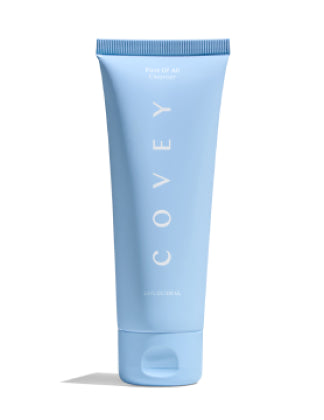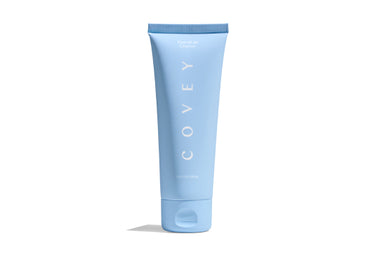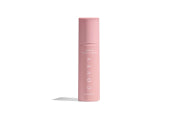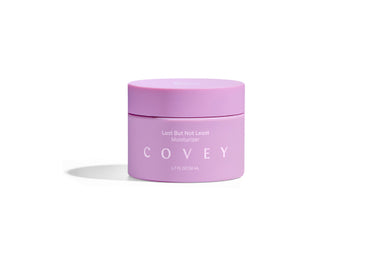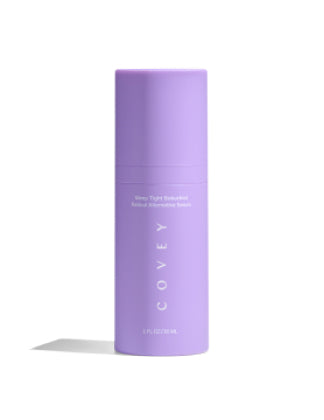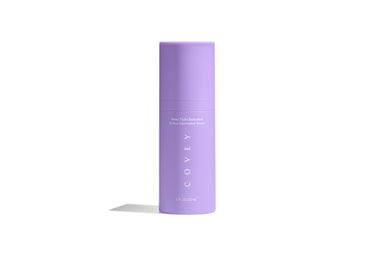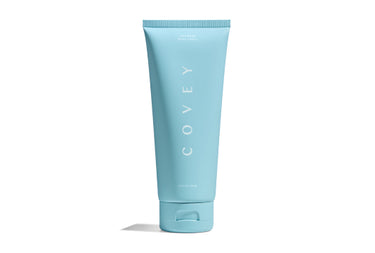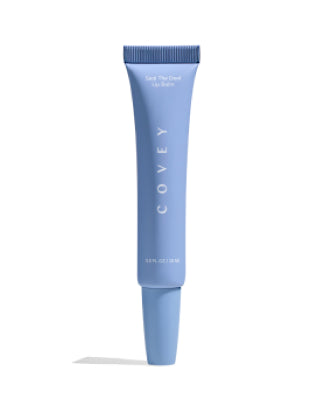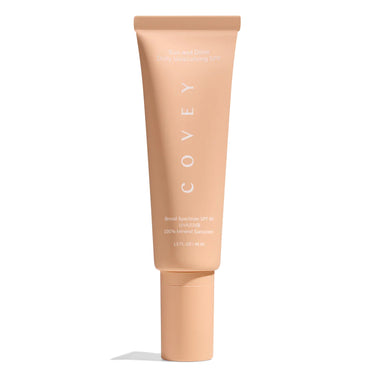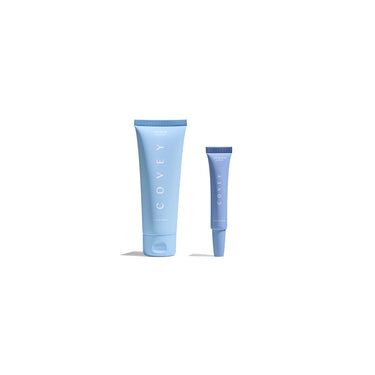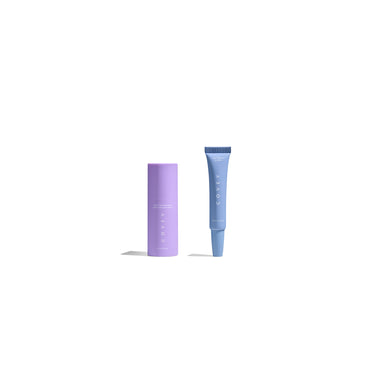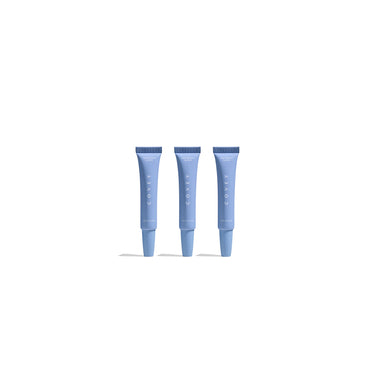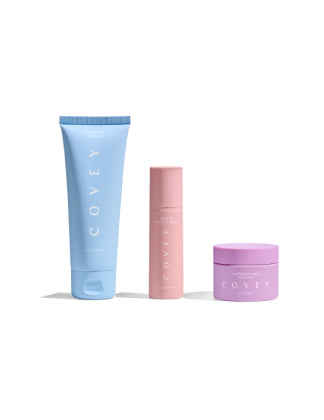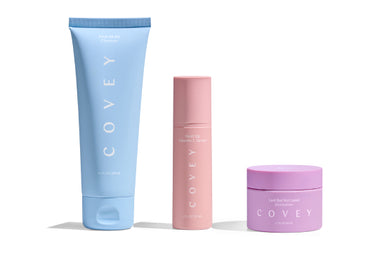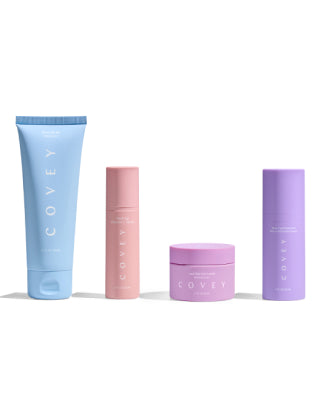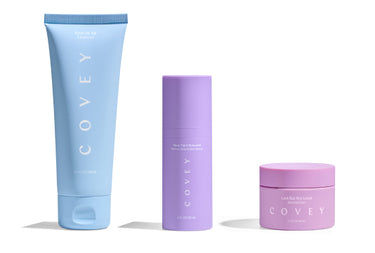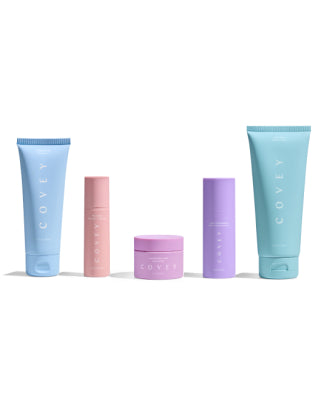
The Complete Guide to Hyaluronic Acid (HA)
Hyaluronic acid is a powerhouse ingredient in skincare these days. It has one job to do: hyaluronic acid encourages your skin to hold onto moisture for dear life, making it easier to maintain glowy, glazed-donut-y hydration for hours.
Let’s dive into the nitty gritty about how hyaluronic acid benefits skin — like what it is, how to apply it, and what to pair it with.
What is hyaluronic acid?
Hyaluronic acid, aka HA, is a hydrating humectant that’s produced naturally in the body and present in our connective tissue, skin, lips, and joints. HA molecules retain moisture, locking in your skin’s hydration for maximum plumpness.
You’ve likely seen hyaluronic acid on the ingredient list of products all over the drugstore; it’s an ingredient that’s blown up in popularity over the years. HA is well-loved because it’s generally non-irritating, fast absorbing, and adjusts well for all skin types. You’ll find concentrations of HA in serums, moisturizers, masks, and more.
What are the benefits of hyaluronic acid?
Benefits of hyaluronic acid in your skincare products include:
- Increased skin hydration, which can diminish the look of fine lines and wrinkles
- Holds in moisture for softer, plumper skin
- Helps maintain a healthy, hydrated skin barrier
- Fast-absorbing
- Pairs well with antioxidants like Vitamin C or anti-aging products like retinol
How to apply hyaluronic acid to skin
The question of how to apply hyaluronic acid has been a hot-button topic on the skincare corners of TikTok, but there are a few evergreen best practices when it comes to HA. Generally, it’s safe to use a less than 2% concentration of hyaluronic acid both morning and night in your routine.
Here’s how to apply hyaluronic acid in a serum form:
- Wash face with a gentle cleanser (like the Covey First of All Cleanser!)
- Gently pat off excess water, but don’t rub your face dry
- Apply HA to slightly damp skin
- Continue with the rest of your routine!
@dermguru How to apply #hyaluronicacid like a #dermatologist using my favorite from @vichylaboratoires #VichyLover #Mineral89 #AD ♬ original sound - Dr. Lindsey, MD
How to add hyaluronic acid to your routine
You can definitely apply hyaluronic acid directly to your skin as a serum, but how you use HA will depend on your skin type.
If you don’t have dry skin, you might find you don’t need a dedicated HA product in your routine. Instead, seek out moisturizers that have sodium hyaluronate or hyaluronic acid as a core ingredient. Look for other humectants like glycerin, squalane, and ceramides in a moisturizer, which will leave skin supple, hydrated, and soft.
(Pssssst. Our Last But Not Least Moisturizer is formulated with hyaluronic acid, glycerin, and squalane for a sucker punch of long-lasting hydration!)
FAQs about hyaluronic acid
Is hyaluronic acid safe during pregnancy?
Yes!
How often should you use hyaluronic acid serum?
It depends on your skin, but hyaluronic acid is safe for daily use. You’ll want to see what your skin prefers, but many can use hyaluronic acid up to twice a day. You’ll also want to check your existing skincare for HA or sodium hyaluronate. You may already be using it daily in your routine without even realizing!
Does hyaluronic acid expire?
Simply put, yes. Hyaluronic acid isn’t a very stable ingredient, and loses its potency with time. Like with Vitamin C, it’s best to use within six or so months of purchase.
How long does hyaluronic acid serum last?
If hyaluronic acid is stored properly — for example, away from strong heat, light, and not oxygenated —it can last on your skincare shelf for up to a year. Note that the longer you keep products past their “use by” date, the less potent they’ll be.
What’s the best time to use hyaluronic acid?
The best time to use topical hyaluronic acid is when your skin is clean and damp. That can be any time of day, depending on your routine.
What types of products use HA?
Moisturizers, serums, and creams are often formulated with HA, since it’s a versatile and well-tolerated humectant for most skin types.
What products work well with hyaluronic acid to round out your routine?
Pair your hyaluronic acid with antioxidants like Vitamin C, anti-aging products like retinol, or resurfacing acids like AHAs and BHAs.
Hyaluronic acid versus sodium hyaluronate — what’s the difference?
You’ll hear it thrown around that sodium hyaluronate and hyaluronic acid are the same thing, and it’s true that they’re similar! However, the two have crucial differences in their chemical makeup. Sodium hyaluronate has a lower molecular weight, which means it can penetrate the skin more easily and prevent transepidermal water loss even more than hyaluronic acid molecules.
So, when you’re skincare shopping, you can rest assured knowing that HA and sodium hyaluronate share the same benefits for skin.


